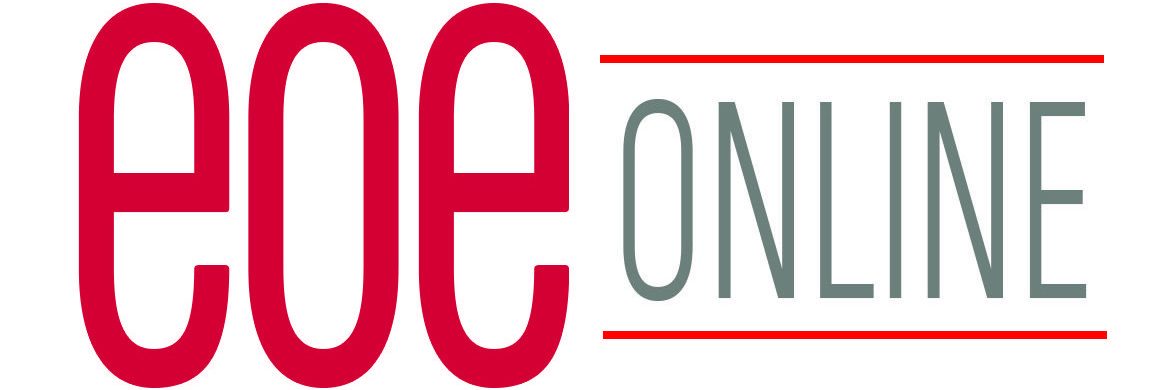
I asked my friend and associate, Pat Maher, Director of Civic Engagement at SPR Consulting, what tips he’d give to leaders and employees of organizations committed to hiring people with disabilities, as well as people with disabilities who are seeking employment. Here are his tips:
For Leaders:
Make hiring, promotion, development, and retention decisions based on merit, as you do for other job candidates and employees. Hold all people to the same standards of excellence. If the person is hired, it’s because they have the capacity to do the job and excel.
Remember that people with disabilities are not looking for an undue advantage. They are looking for an opportunity – just like candidates who do not have disabilities.
Demonstrate that you are becoming/have become more acculturated, comfortable, and accommodating proactively. Lead conversations about accommodation, realizing that everyone needs accommodation of some sort, whether it’s temporary or permanent.
Recognize and acknowledge that most accommodations are those of process.Those that are physical have a tendency to benefit everyone.
People with disabilities want to be assimilated comfortably into working cultures.They want to be viewed as a valued member of the team, not just “unique.”
Disability–particularly for those with overt disabilities–is still atypical in the workplace. It gets a lot of attention called to it, and it can be uncomfortable.
During and after hiring, use language that relates to the proactive identification of accommodation. Ex: “If you require an accommodation to participate in this event, please let us know.”
Consider adding talking points about accommodation for everyone, not just people with disabilities. Ex: “How can we help you be most productive? What do we need to do to help ensure your success in achieving the requirements and goals of this position?”
Write/rewrite mission statements so they overtly reference disabilities/abilities.When companies present themselves as supportive of the disability population, it benefits the new person with a disability and the existing colleagues.
For Current Employees:
Be sincere in interactions and communication. Exhibit respect as you would for any colleague.
Get to know all of your colleagues, even those with disabilities. If you have a new colleague with a disability and you’re curious about them or the disability, engage in respectful conversation.
For People with Overt Disabilities:
Have a discussion with your manager and/or a Human Resources manager. Sometimes you don’t know you need an accommodation until you’re in the job. But if you know you genuinely need an accommodation, bring it up.
If you’re doing your job and recognize the disability has been aggravated or has changed and you require a new or different accommodation, speak up. Build a respectful, open, and honest relationship with your manager so you can have this kind of discussion without feeling vulnerable. If you do not have that kind of relationship and feel unsafe, let your HR professional know. The goal is to make sure you have the things you need to do the job with excellence.
For Everyone:
We are all invested in moving business cultures forward. Our goal is to create the most productive workforce we can. Accommodation is a facet of productivity.
Many people need accommodations, from special technology or training, to working from a remote location. It’s a discussion about how we can work together, achieving excellence in support of the organization’s mission, vision, and strategic goals.
Don’t shy away from conversations about ways of working with people who have disabilities. Educate yourself about the disability and about the person. Build relationships with co-workers that make it safe to ask for and share information.
Takeaway
Disability is a dimension of diversity. Leverage what you’ve learned about working with people of different genders, races, religions, sexual orientations, generations, etc. You don’t have to reinvent the wheel, even though the rims may be different.
Article from inquestconsulting.com
